How many Serums you can use at once?
| Estimated Reading Time: 11 minutes |
People use serums in skincare for their specific concerns such as anti-aging, hydration, brightening, or acne treatment. Serums contain potent ingredients (hyaluronic acid, vitamins, antioxidants etc) which can address various skin issues more effectively than regular moisturizers alone. With high concentrations of active ingredients, serums provide tone, texture, improved hydration and overall skin health.
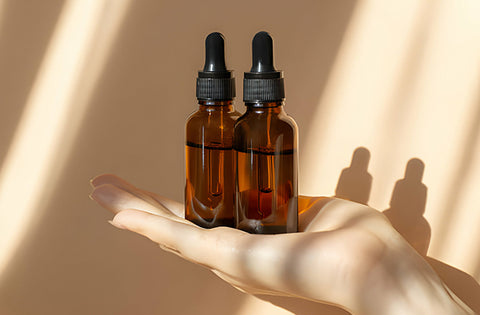
Table of Content
|
The number of serums you can use at once depends on several factors, including the specific ingredients in each serum, your skin type, and any sensitivities you may have. As a general guideline, using 2-3 serums in your skincare routine is typically sufficient for most people. However, it's important to pay attention to how your skin reacts and adjust accordingly.
Can I mix Serums ?
Achieving an effective skincare routine involves a delicate balance of combining ingredients that work synergistically to address specific concerns. One such dynamic pairing involves the integration of plant-based bakuchiol, a gentle alternative to retinol, with hydrating agents like hyaluronic acid, and brightening components such as niacinamide or vitamin C. This harmonious combination not only fosters a comprehensive approach to skincare but also minimizes the risk of irritation, making it a compelling choice for those seeking a refined and gentle skincare routine.
Plant-based Bakuchiol
At the forefront of this blend is bakuchiol, derived from the seeds of the Psoralea corylifolia plant. Renowned for its retinol-like properties, bakuchiol offers a gentler alternative for those with sensitive skin or retinol intolerance. Its ability to promote collagen production and accelerate cell turnover positions it as a formidable force in anti-aging skincare. When integrated into a serum, bakuchiol lays the foundation for a well-rounded formula that addresses fine lines, wrinkles, and overall skin texture without the potential drawbacks associated with traditional retinoids.
Hyaluronic acid
Pairing bakuchiol with hydrating ingredients like hyaluronic acid creates a dynamic duo that caters to both anti-aging concerns and hydration needs. Hyaluronic acid, a naturally occurring substance in the skin, possesses exceptional water-retaining properties. By binding moisture to the skin, hyaluronic acid enhances hydration levels, promoting a plump and youthful complexion. When combined with bakuchiol, it not only counteracts potential dryness that may arise from retinol-like ingredients but also reinforces the skin's moisture barrier, ensuring optimal hydration and comfort.
Brightening agents like Niacinamide or Vitamin C
Adding brightening agents like Niacinamide or Vitamin C to the mix elevates the serum's efficacy by addressing concerns such as hyperpigmentation and uneven skin tone. Niacinamide, also known as vitamin B3, possesses anti-inflammatory and antioxidant properties, making it a versatile ingredient that helps reduce redness, discoloration, and the appearance of pores. Vitamin C, on the other hand, is renowned for its ability to brighten and even out the skin tone while providing additional antioxidant protection against environmental stressors.

The synergy between Bakuchiol, Hyaluronic acid, and Brightening agents not only targets a spectrum of skincare concerns but also minimizes the risk of irritation often associated with more potent ingredients. This balanced approach allows individuals to experience the transformative benefits of a comprehensive skincare routine without compromising skin health.
When incorporating this serum into a daily regimen, it is crucial to apply it in the correct order. Start with a clean and toned face, then apply the bakuchiol serum, allowing it to absorb before layering additional products. Following up with a moisturizer and sunscreen ensures the skin receives the necessary hydration and protection, solidifying the effectiveness of the skincare routine.
Results
In conclusion, the artful combination of plant-based bakuchiol with hydrating and brightening ingredients in a serum formulates a powerhouse solution for effective skincare without irritation. This holistic approach addresses aging concerns, promotes hydration, and enhances skin tone, making it an ideal choice for those seeking a well-rounded and gentle skincare routine.
Layering is good or bad?
The practice of layering multiple serums has become a popular trend in the skincare realm, raising questions about its efficacy and potential drawbacks. When approached with knowledge and care, layering serums can indeed be beneficial, provided one adheres to the correct order and timing in their skincare routine.
To begin with, understanding the role of serums in a comprehensive skincare regimen is pivotal. Serums are concentrated formulations designed to address specific concerns, such as hydration, brightening, or anti-aging. Their lightweight consistency allows for deeper penetration into the skin, delivering potent ingredients in higher concentrations than other skincare products. Incorporating multiple serums into a routine allows individuals to target various skin concerns simultaneously, offering a tailored approach to their skincare needs.
Multiple Serums at the same time
The key to successful serum layering lies in knowing the right order in which to apply them. The general rule of thumb is to layer serums based on their consistency, starting with the thinnest and progressing to thicker formulations. Following the cleansing and toning steps, serums should be applied before moisturizer or sunscreen in a morning routine. This strategic placement ensures optimal absorption, as the lighter texture of serums allows them to penetrate the skin more effectively before sealing in the goodness with thicker products.
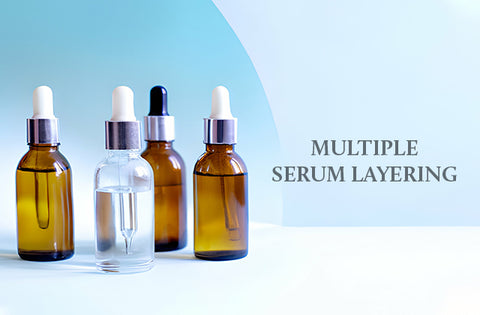
In the realm of layering, the order of application is paramount. Begin with water-based serums, such as those containing hyaluronic acid, which focus on hydration. These lightweight serums create a hydrating foundation, preparing the skin to absorb subsequent formulations more effectively. Once the water-based serum is absorbed, move on to serums with active ingredients like vitamin C or niacinamide, targeting specific concerns like brightening or addressing uneven skin tone.
Lighter texture before thicker products
Following this, consider incorporating oil-based serums, particularly if your skincare concerns include dryness or anti-aging. These formulations typically have a richer texture and help lock in moisture, providing an additional layer of nourishment to the skin. The sequential application of serums ensures that each product can deliver its intended benefits without interference, maximizing the overall effectiveness of the skincare routine.
While layering serums can offer a multifaceted approach to skincare, it is essential to strike a balance. Using too many products or layering incompatible ingredients may lead to irritation or diminished efficacy. Consider your skin's individual needs and sensitivities, opting for serums that complement each other rather than clash.
Serum layering depending on multiple factors like time of the day, Skin types, Concern etc
1. Morning Routine:
- Skin Type: Suitable for all skin types, especially beneficial for dry skin.
-
Concerns: Hydration, protection, and brightening.
- Order of Application:
1. Cleansing: Start with a gentle cleanser to remove any impurities accumulated overnight.
2. Toning: Follow up with a floral water or herbal toner to balance the skin's pH levels and prep it for better absorption of subsequent products.
3. Serum: Apply a serum containing plant-based bakuchiol, hydrating hyaluronic acid, and brightening botanicals like niacinamide or vitamin C. This will address anti-aging concerns, hydrate the skin, and promote brightness.
4. Moisturizer: Follow up with a lightweight moisturizer infused with natural oils and botanical extracts to seal in hydration and provide an additional layer of moisture.
5. Sunscreen: Finish with a natural plant-based sunscreen like Coconut spf 50, or you can also use Eladi day cream that has SPF30.
2. Evening Routine:
- Skin Type: Suitable for all skin types, especially beneficial for aging concerns or hyperpigmentation.
- Concerns: Repair, renewal, and hydration.
- Order of Application:
2. Exfoliation (Optional): If incorporating exfoliation, use a natural exfoliant like fruit enzymes or crushed seeds after cleansing and before toning.
3. Toning: Use a floral water or herbal toner to rebalance the skin and prepare it for the absorption of subsequent products.
4. Serum: Apply the bakuchiol serum as the powerhouse treatment, allowing its natural retinol-like properties to work overnight to promote collagen production and accelerate cell turnover.
5. Treatment (Optional): If using additional targeted treatments like botanical extracts or herbal infusions, apply them after the serum and before the moisturizer.
6. Moisturizer: Follow up with a richer moisturizer infused with natural butter and plant oils to nourish and hydrate the skin overnight.

7. Eye Cream (Optional): Finish with a hydrating eye cream orinfused with herbal extracts to address specific concerns around the delicate eye area.
3. Specific Concerns:
- Dry Skin: Incorporate a natural home made serum with a heavier moisturizer infused with natural butter and oils, such as shea butter or avocado oil, to provide intense hydration and prevent moisture loss throughout the day or night.
- Acne-Prone Skin: Look for serums with botanical extracts like plum and vitamin C to help control excess oil production and minimize breakouts.
- Sensitive Skin: To minimize the risk of irritation, opt for fragrance-free and hypoallergenic serums containing natural ingredients.
- Hyperpigmentation: Serums containing botanical extracts, like Plant-Based Kojic Acid Face Serum with Almond & Olive Oil for Pigmentation & Dark Spots Removal, work best and also offer even skin tone over time.
- Consistent use is critical to seeing results.
By incorporating natural ingredients into your serum layering routine, you can effectively address various skincare goals while ensuring optimal hydration and protection for your skin.
Which Serums you should not use together ?
It's important to avoid combining specific serums to prevent potential interactions that could lead to skin irritation or reduced efficacy of the products. Specifically, niacinamide should not be used with AHAs (alpha hydroxy acids) or BHAs (beta hydroxy acids). This is because niacinamide can neutralize the acidic pH levels required for AHAs and BHAs to exfoliate effectively. When used together, niacinamide may raise the skin's pH levels, diminishing the exfoliating properties of AHAs and BHAs, ultimately reducing their effectiveness in improving skin texture and promoting cell turnover.
Similarly, avoiding using retinol and vitamin C serums together is advisable. Retinol, a form of vitamin A, is known for its ability to promote cell turnover and stimulate collagen production, aiding in reducing fine lines and wrinkles. On the other hand, vitamin C is a potent antioxidant that brightens the skin and protects it from environmental damage. When used simultaneously, retinol and vitamin C may destabilize each other, rendering them less effective. Additionally, combining these ingredients can increase the risk of skin irritation, sensitivity, and inflammation due to their potentially conflicting pH levels and active properties. To ensure the optimal benefits of both ingredients, it's recommended to use them at separate times of the day or on alternate days within your skincare routine.
Which Serums can we use together ?
Hyaluronic acid combined with plant-based vitamin C can be effectively used alongside niacinamide and other actives. This synergy is beneficial due to their complementary effects on the skin. Hyaluronic acid provides deep hydration, while plant-based vitamin C offers antioxidant protection and brightening benefits. Niacinamide helps regulate sebum production, reduces inflammation, and improves skin texture. Combined, these ingredients create a comprehensive skincare regimen that addresses multiple concerns, such as hydration, brightening, and overall skin health. Furthermore, their compatibility allows for easy incorporation into various skincare routines, making them suitable for use with other activities.
As for AHA and BHA Serum with Plant-Based Glycolic Acid for Deep Exfoliation, they are best used in the evening. This timing is optimal because nighttime is when the skin naturally undergoes repair and regeneration processes. Applying the exfoliating serum in the evening maximizes its efficacy as it removes dead skin cells, unclogs pores, and promotes cell turnover overnight. This approach not only enhances the exfoliating benefits of the serum but also minimizes the risk of potential sun sensitivity associated with AHAs and BHAs during daytime use.
Retinol, such as Bakuchi, an alternative to retinol, is ideally used before sleep. Retinol derivatives like Bakuchi are known for their ability to stimulate collagen production, accelerate cell turnover, and reduce the appearance of wrinkles and fine lines. Therefore, incorporating Bakuchi or similar retinol alternatives into your nighttime skincare routine can lead to rejuvenated and smoother-looking skin.
In conclusion, the practice of layering serums can be a positive and effective aspect of a skincare routine when approached with precision and understanding. Knowing the correct order of application based on consistency allows for optimal absorption and ensures that each serum can deliver its targeted benefits. By incorporating this method into a morning routine after cleansing and toning, individuals can harness the potential of multiple serums to address diverse skincare concerns, ultimately contributing to a well-rounded and tailored approach to skincare.
Recommended Products by Blue Nectar:
Shubhr Kumkumadi Tailam Skin Brightening Face Serum for Glowing Skin, Dull & Damage Skin Repair
Shubhr Vitamin C Serum for face with 100 % Hyaluronic Acid | Radiant & Spotless Skin
Shubhr Plum Oil-Free Face Serum With Vitamin C for Acne Prone Skin and Acne Marks (30ml)


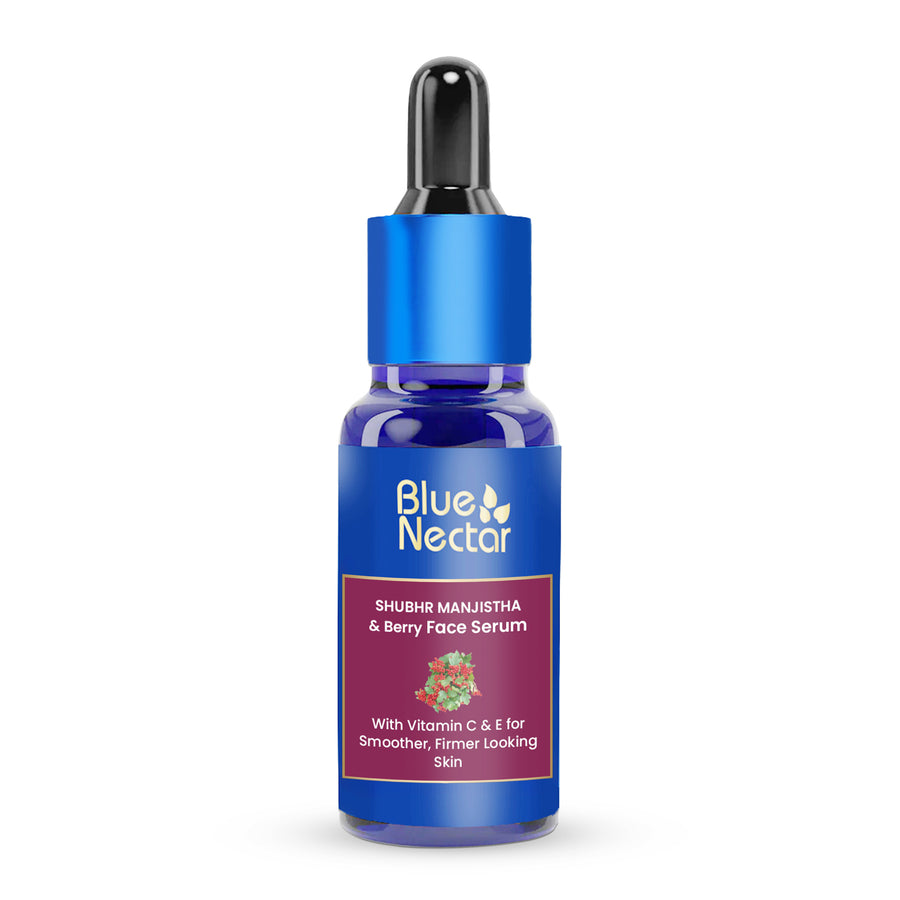
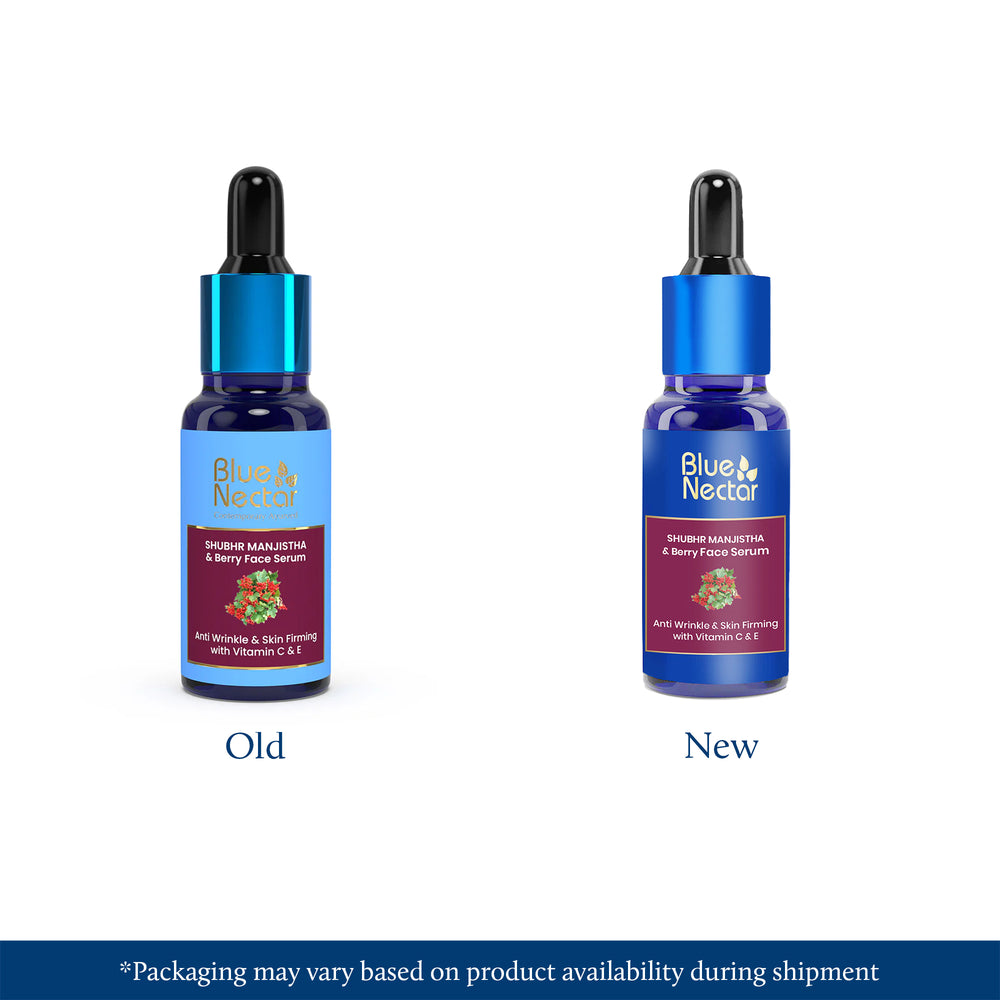


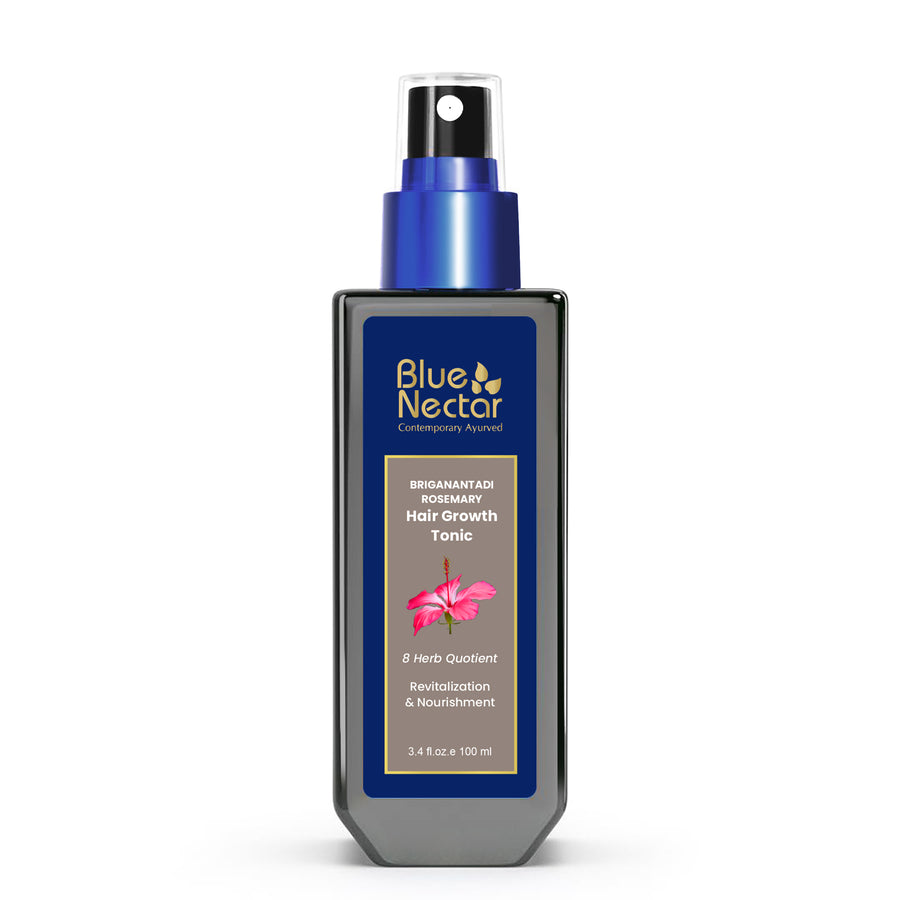
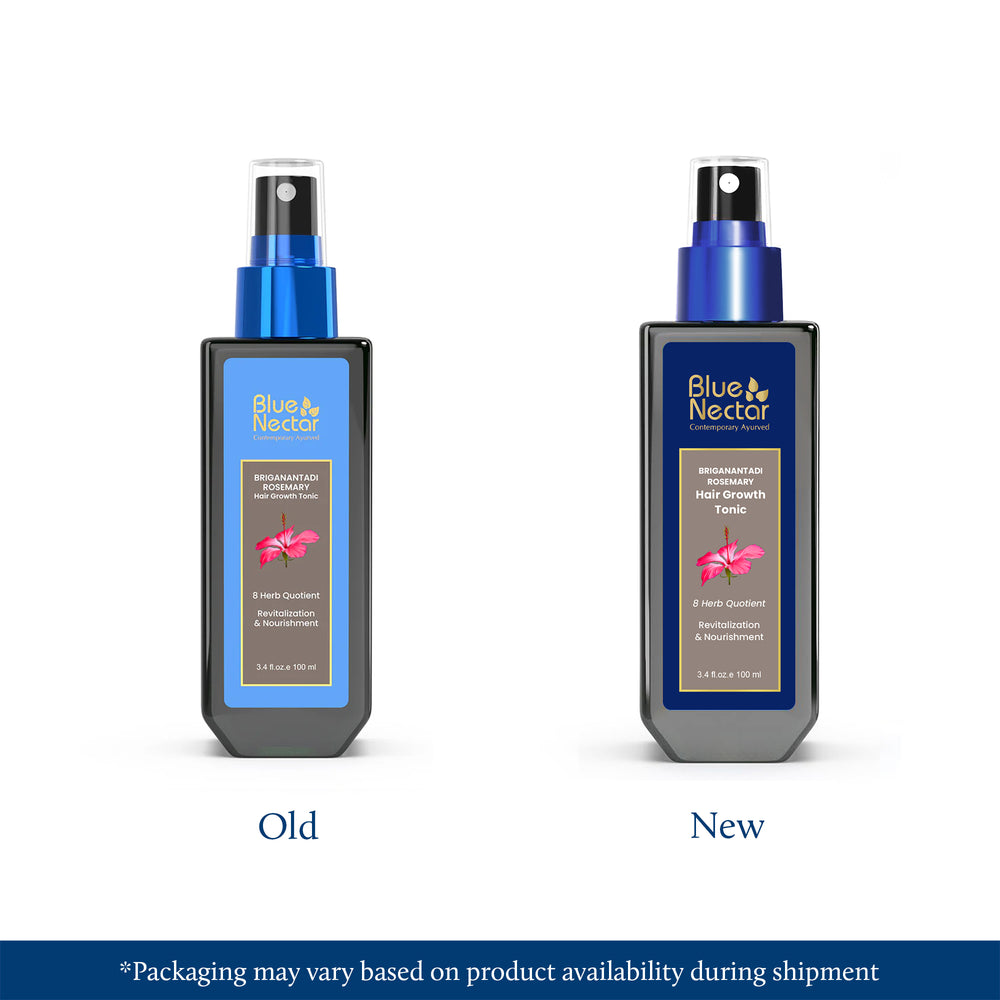
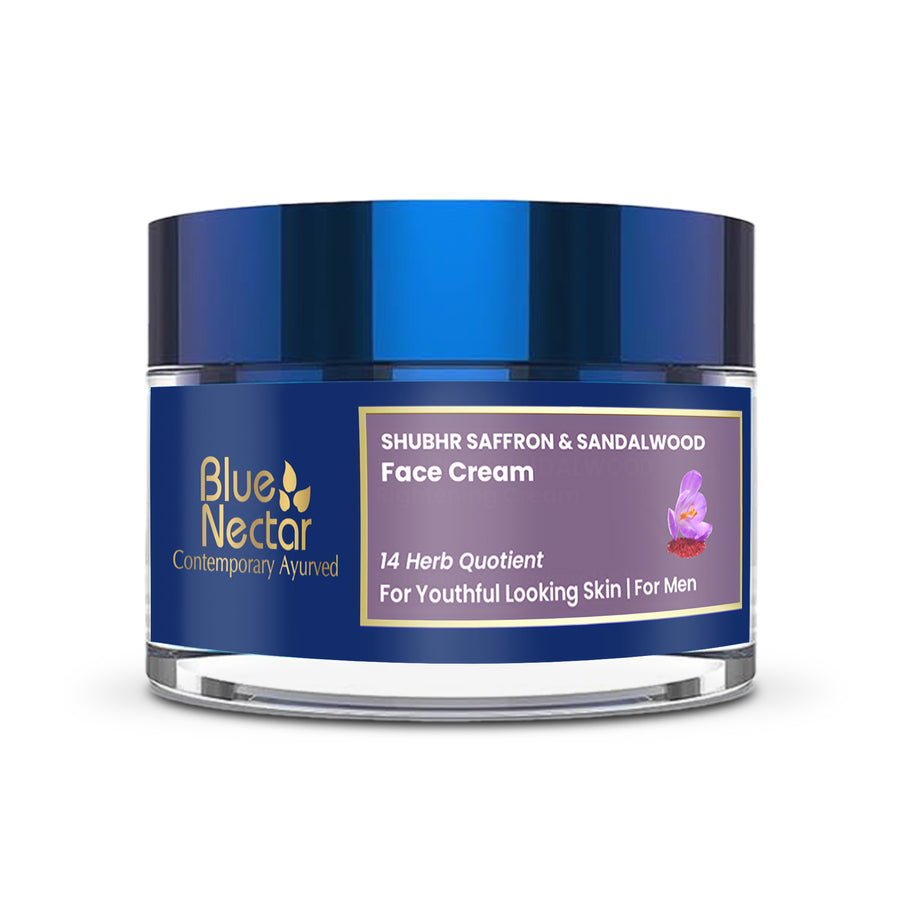
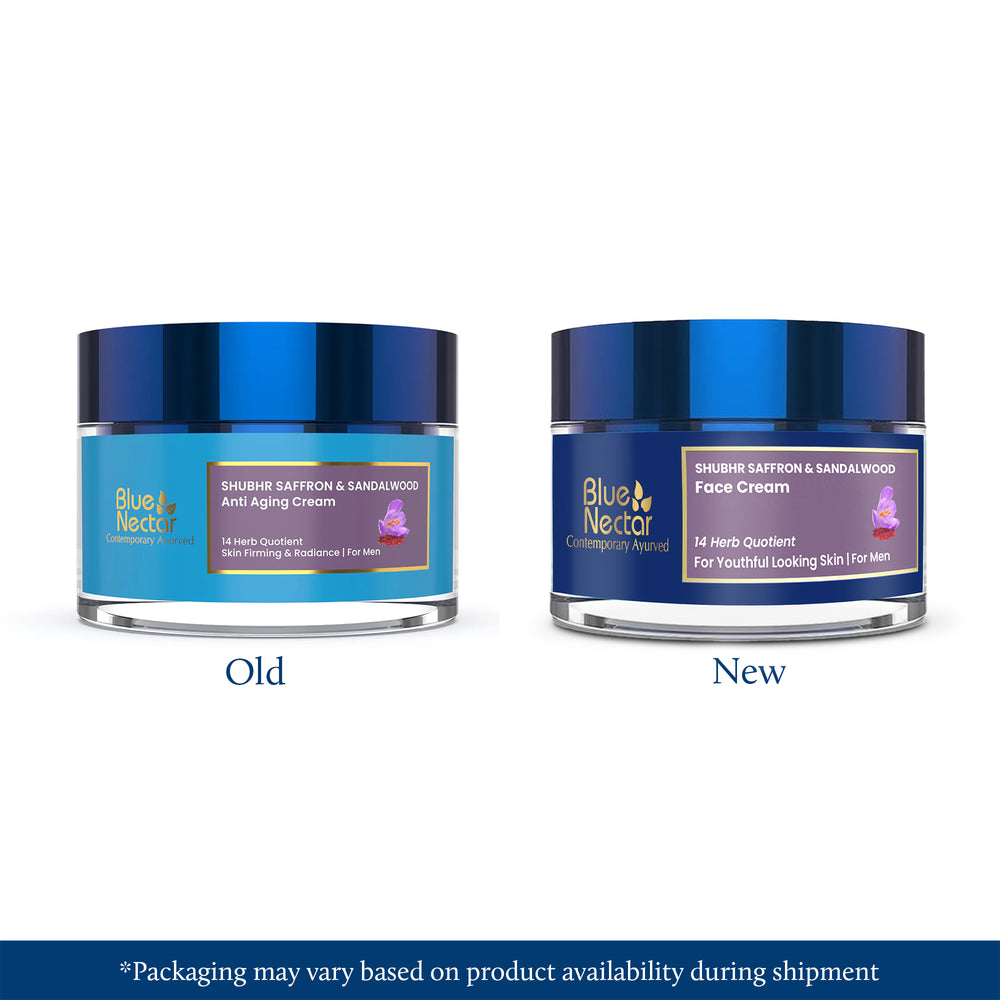
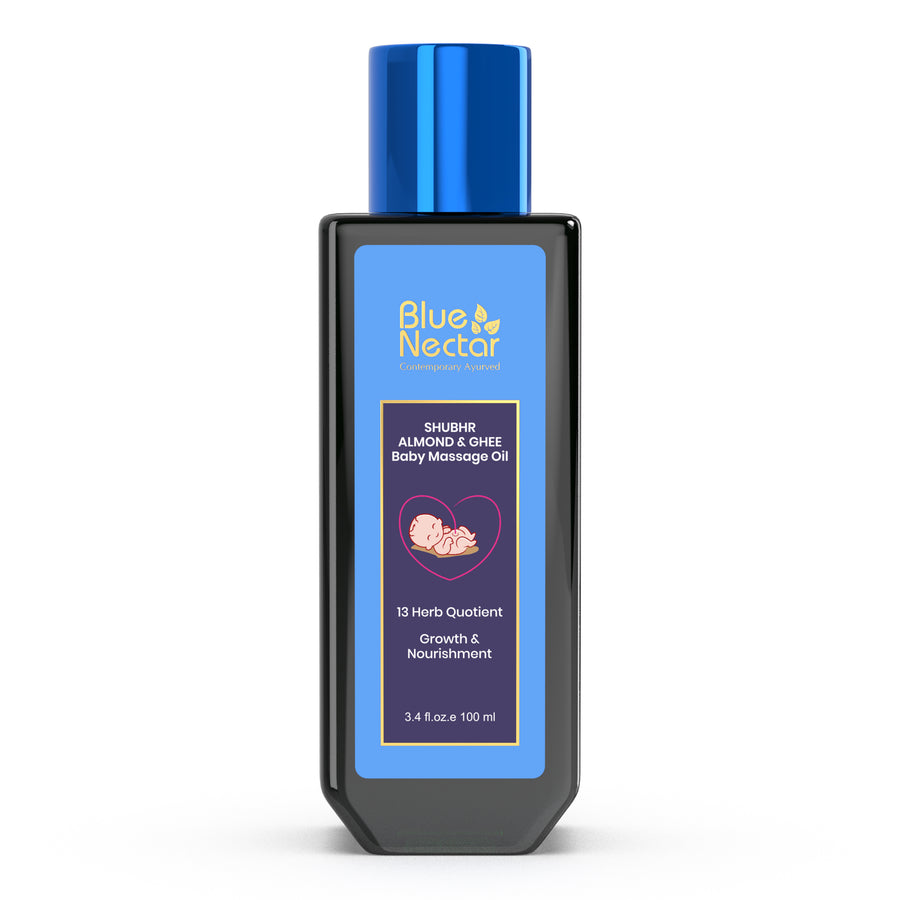
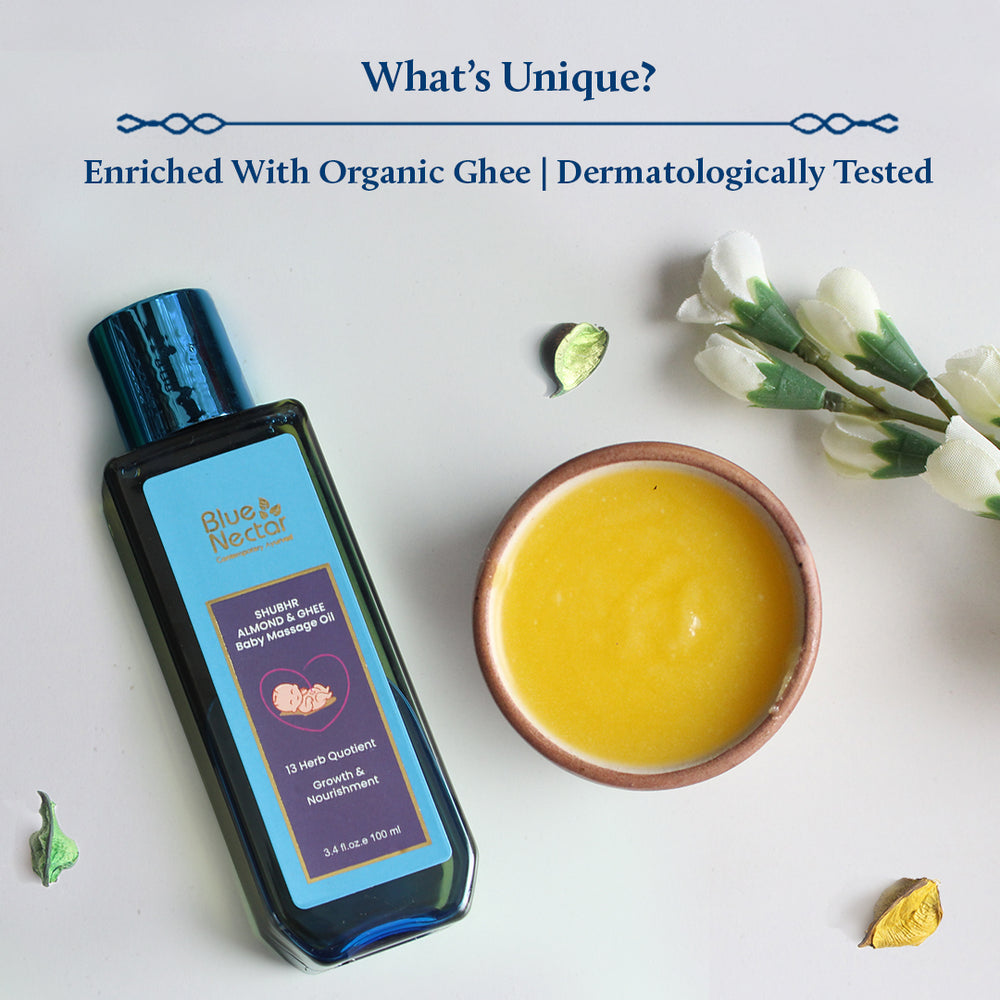


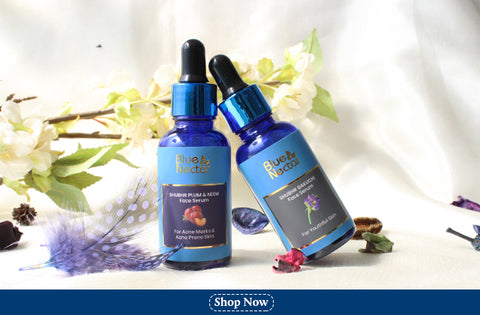
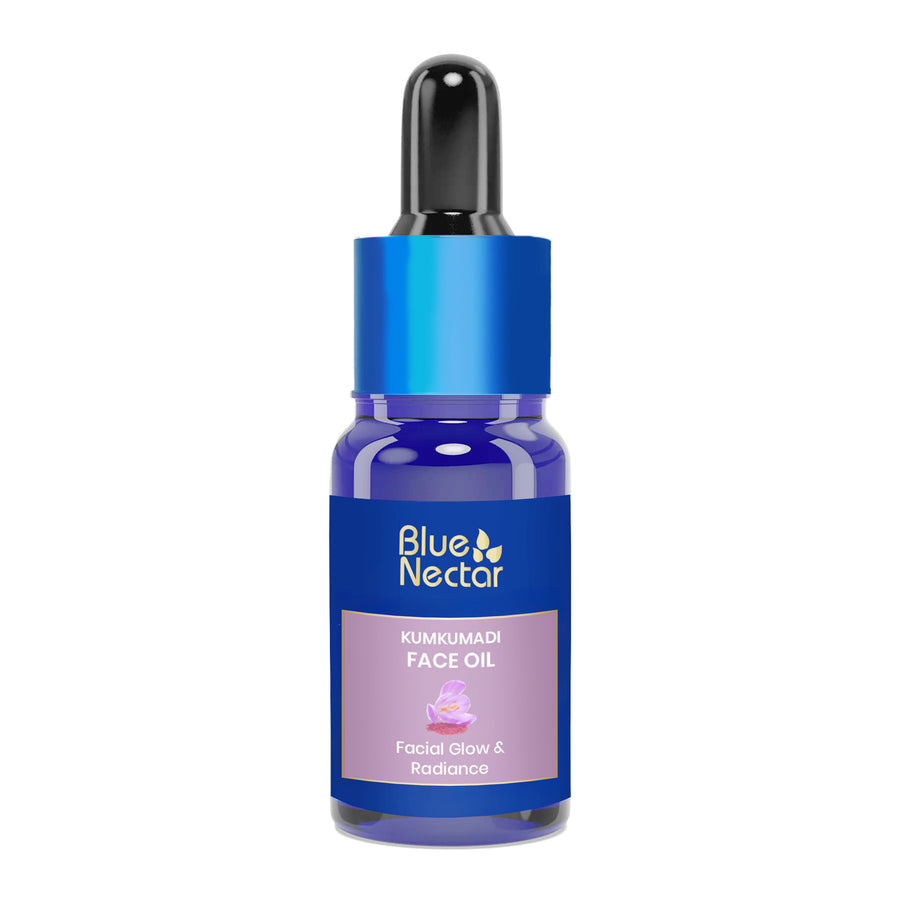
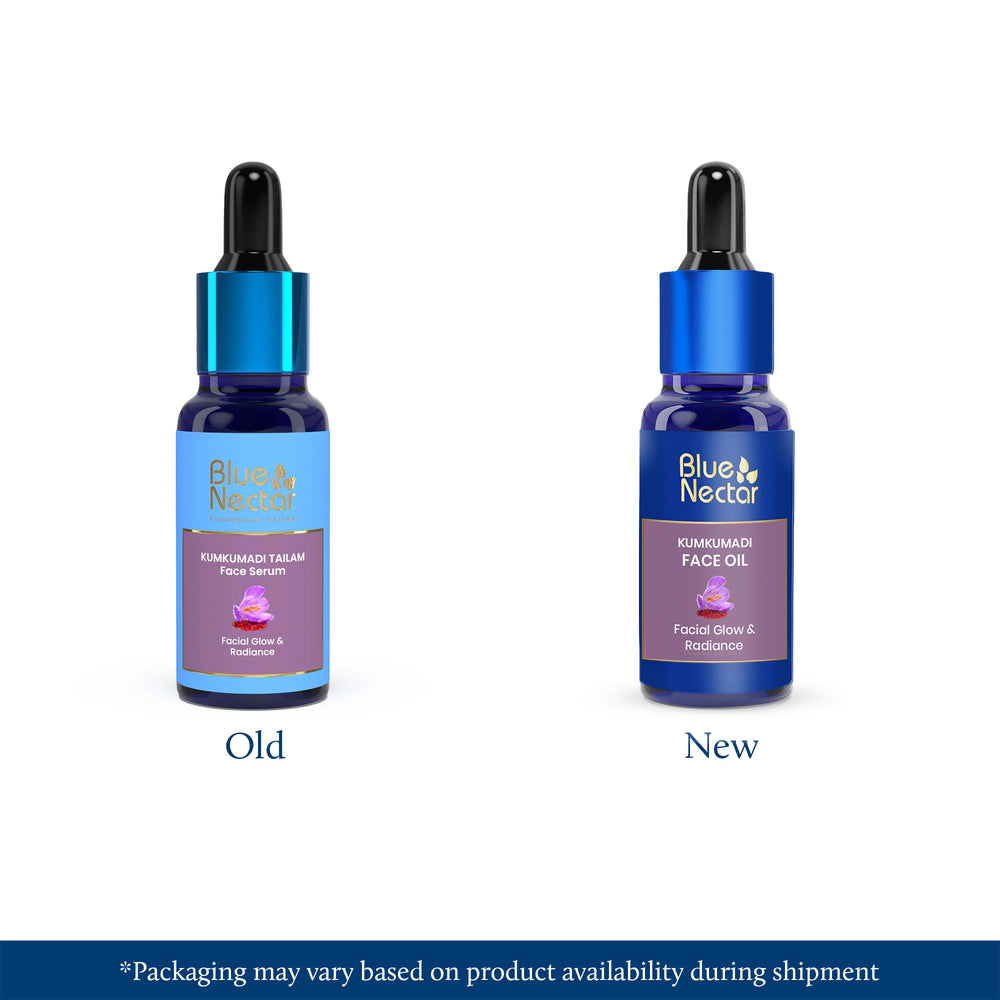
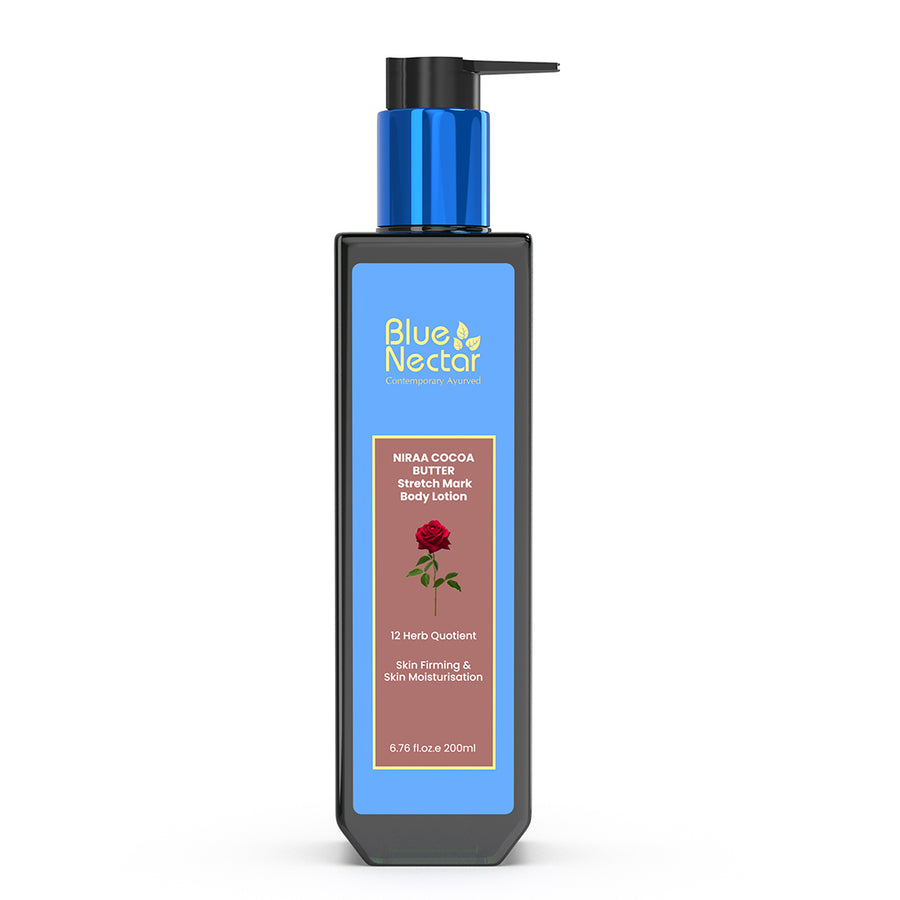
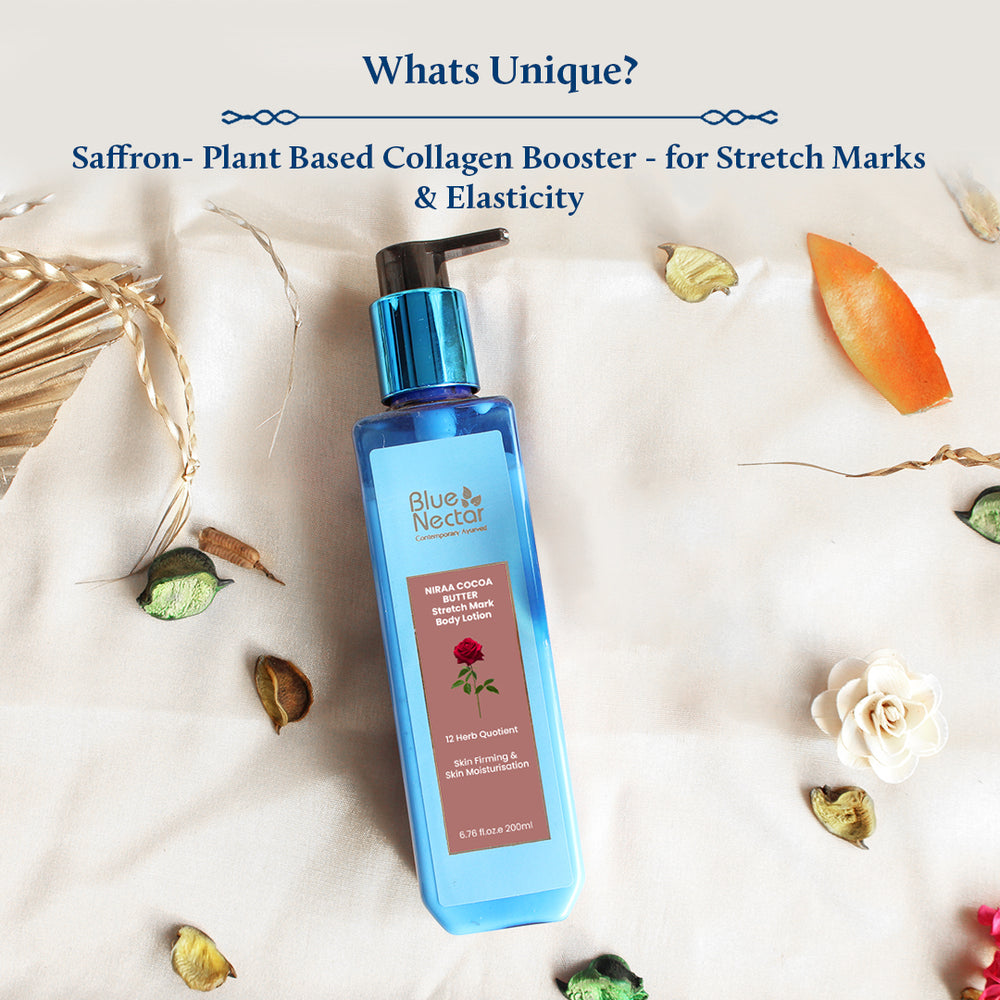
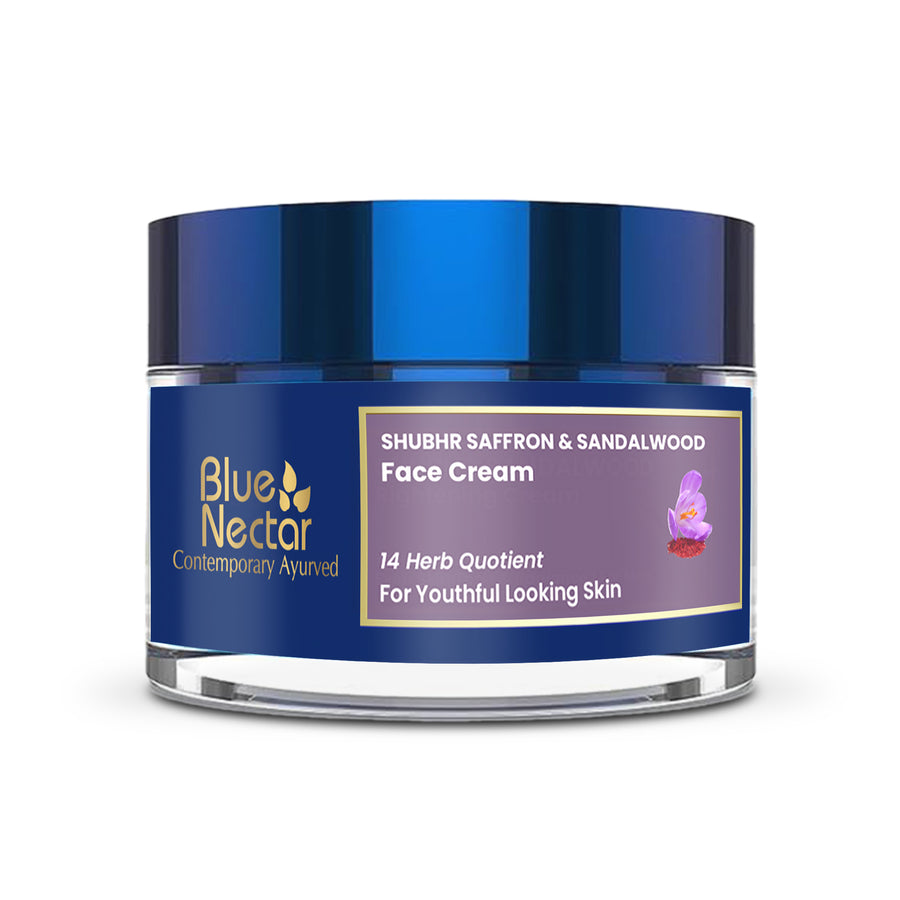
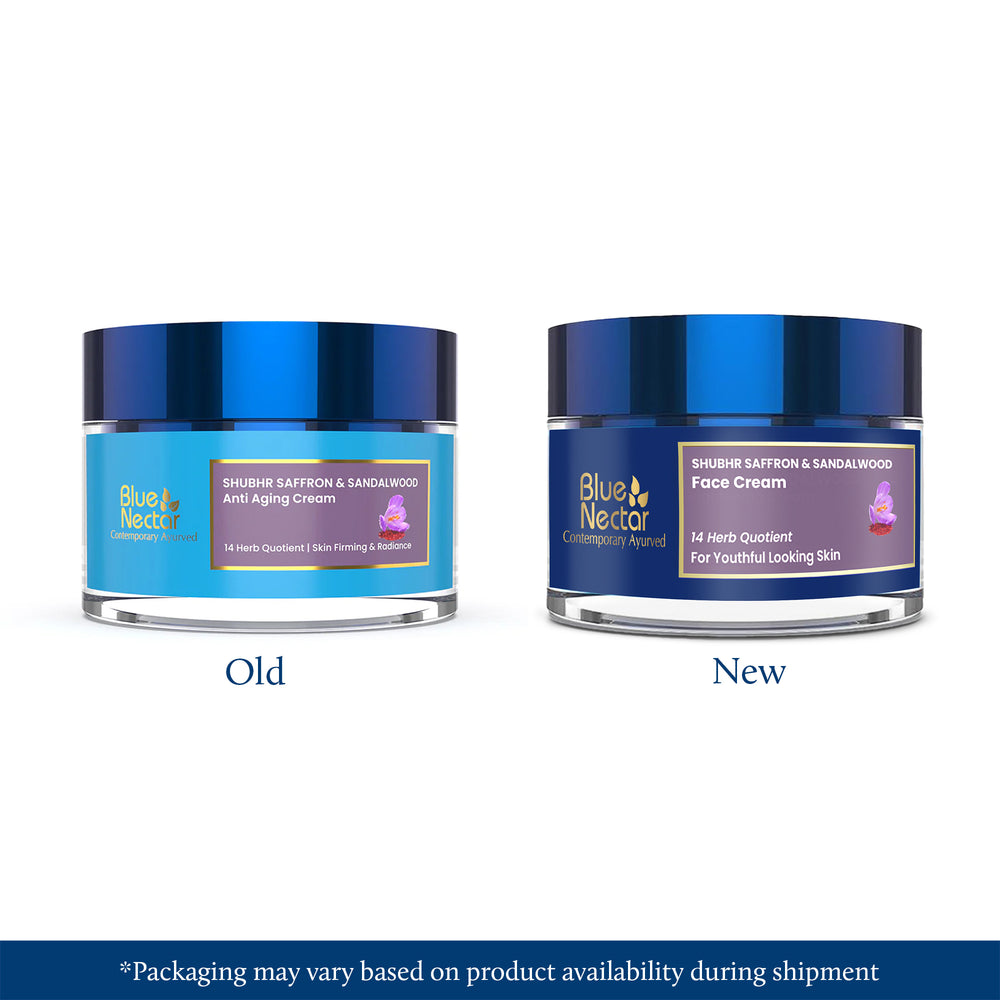
Leave a comment